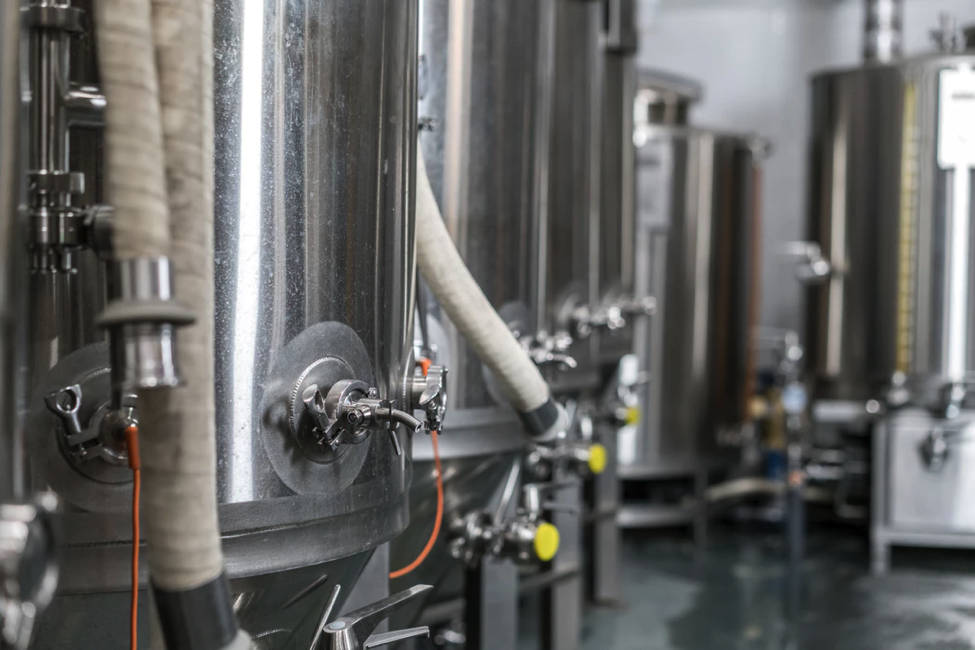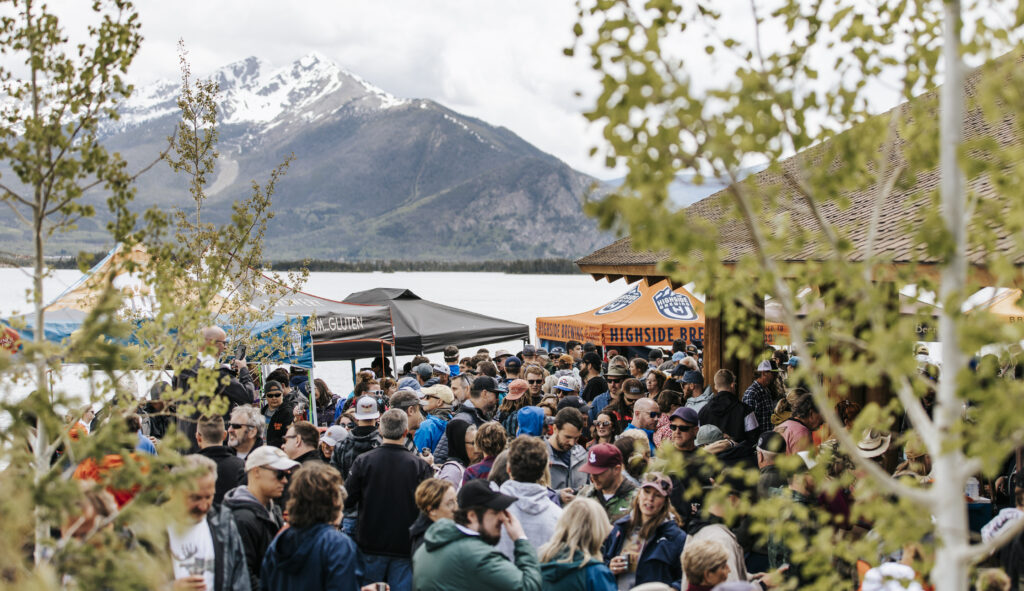Traditional bright tank and serving tank cleaning with sodium hydroxide (caustic) requires the brewer to vent C02 out of the vessel, in order to avoid neutralizing the caustic and creating a hazardous vacuum. The introduction of oxygen to the tank and the time required to heat, clean and purge and pressurize a bright tank can be minimized by utilizing an under-pressure CIP procedure.
Considerations
- This cleaning method combines pressure and chemicals, additional safety precautions should be taken to avoid accidental discharges.
- Cleaning under pressure works best on beers with lower protein levels. (i.e. filtered or properly fined beers)
- A rotating or dynamic spray ball and properly sized pump should be used to maximize the mechanical cleaning power of the acid-detergent blend.
- A low temperature sanitizer and detergent additive are required to properly clean under pressure.
- It is still advisable to perform your normal bright tank CIPs periodically (ie. every 4th bright tank fill)
General process (Specific chemicals and concentrations should be reviewed with your chemical supplier. The following is a general framework for developing your Under Pressure CIP SOP)
For Under Pressure CIPs, you will need to use a properly sized pump that can be configured to be easily primed and running prior to sending water/chemicals into the bright tank. Centrifugal pumps with a tri-clamp block and bleed work great for this application. For each step, ensure that the pump is isolated from pressure, primed and running prior to sending water or liquids into the pressurized bright tank. Be attentive to residual pressure left in brewline after turning off your pump or when opening block and bleed connections.
- Drain Step. Residual beer should be carefully drained from the bottom of the bright tank. A drain hose/effluent hose should be set up to minimize splashing/spraying. Bright tank pressure should be vented down to 10-12 psi.
- Rinse Step. This is a simple way to knock down residual protein and rinse out beer from the tank. Room temperature water can be used, and does not require a large volume of water. (i.e. 40 gallons is enough for a 120 bbl bright tank). Rinse through spray ball and partially open bottom port for effluent.
- Acid-Detergent Step. Use a standard nitric-phosphoric acid blend with the addition of a smaller amount of non-foaming, acid safe detergent additive (contact your chemical supplier for more information). Prime and pump into the bright tank, then set up for recirculation loop. Follow standard CIP times. A portion of the CIP should be directed into the carbonation stone and the sample port should be partially opened to allow the acid-detergent to clean this area. Carefully open the bottom port after cycle to slowly drain the acid-detergent blend.
- Rinse Step. Make sure to run 10-15 seconds of C02 into the carbonation stone to flush out the acid detergent mix.
- Low Temperature Sanitizer Cycle. Use a standard dilution strength, low temperature, no rinse sanitizer (contact your chemical supplier for more information). Prime and pump into the bright tank, then set up recirculation loop. Follow standard SIP times. A portion of the SIP should be directed to the carbonation stone and the sample port should be partially opened to allow for sanitizer contact. Run 1 minute of C02 through carbonation stone to push out residual sanitizer in the carbonation stone. Carefully open the bottom port after cycle to slowly drain the sanitizer.
- Pressurize the bright tank to normal pressure level.
Written by Sam Scruby – Head Brewer – Upslope Brewing Co.








